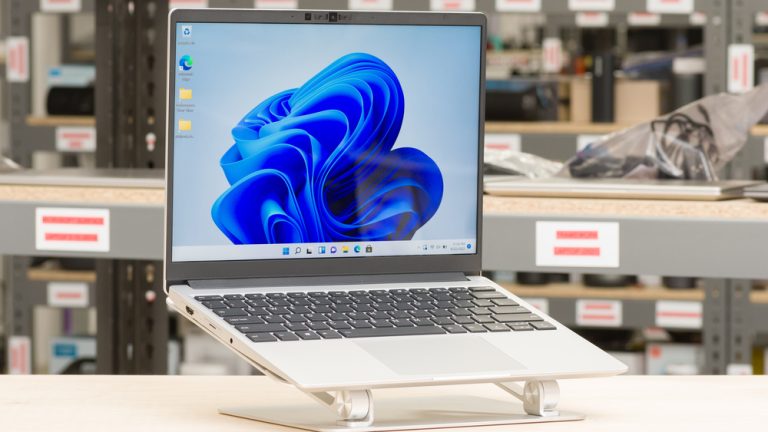
In recent years, the world of Hackintosh has evolved rapidly. With Open Core emerging as a preferred bootloader for macOS installations on non Apple hardware. One of the key aspects of setting up OpenCore is selecting the correct processor type in your configuration file. The “Open Core processor type list” helps Hackintosh users identify and select the appropriate CPU settings. To optimize performance and ensure system stability.
This article will guide you through the important of processor types in Open Core and how to make the best choice for your hardware.
Table of contents
What is Open Core?
Before diving into the details of the OpenCore processor type list. It’s essential to understand what OpenCore is.
OpenCore is a sophisticated bootloader design to load macOS on non-Apple hardware. It’s use widely by Hackintosh enthusiasts who wish to run macOS on PCs.
OpenCore offers several advanced features that make it the go-to solution. Over other bootloaders like Clover, including enhanced security. Has support for modern macOS versions, and improved system compatibility.
However, setting up OpenCore can be somewhat complex. It requires users to make adjustments specific to their hardware setup.
One such adjustment is the configuration of the processor type, which brings us to the processor type list in OpenCore.
Understanding the Open Core Processor Type List
The processor type list in OpenCore refers to the various CPU models. Models that users can define in their system’s configuration.
This is done by specifying the right processor type in the config.plist file. Which controls how macOS identifies and interacts with your hardware.
Choosing the correct processor type is essential for two main reasons:
Performance and system stability. If your system misidentifies the CPU. You could experience issues like improper resource allocation, kernel panics. Or slower-than-expected performance.
By referencing the Open Core processor type list. Users can identify which processor type is compatible with their specific hardware configuration.
How to Select the Correct Processor Type
To make the best use of the Open Core processor type list. It’s necessary to understand how processors are categorize.
Generally, CPUs are identify by specific values known as CPUID and Processor Type. These values tell macOS how to interact with the hardware. It ensures that resources are allocate efficiently, and the system remains stable.
Here’s how to approach the selection:
Identify Your CPU Model:
The first step is to identify your CPU model. This can be done by using tools. Like CPU-Z for Windows or Terminal commands in macOS.
You’ll need to know details such as the model number and generation of your processor.
Consult the OpenCore Processor Type List:
Once you have the necessary information about your CPU. Consult the processor type list in OpenCore. This list contains processor types matched to various Intel and AMD CPU models.
For example, Intel i3, i5, i7, and i9 processors each have specific processor types that must be configure. To ensure proper functioning with macOS.
Configure the config.plist File:
After identifying the correct processor type. Navigate to the config.plist file in your OpenCore setup.
Open this file using a text editor or a specialized plist editor like ProperTree.
Here, you’ll input the processor type value under the “PlatformInfo” section, ensuring it matches your CPU model.
Common Processor Types
Here are some common processor types that you might find in the OpenCore processor type list:
0x0601: This is typically used for Intel’s first-generation Core processors, such as the Core i3, i5, and i7.
0x0701: This value corresponds to Intel’s second-generation Sandy Bridge processors.
0x0A01: For third-generation Ivy Bridge processors.
0x0C01: This is used for fourth-generation Haswell processors.
0x0E01: Corresponds to fifth-generation Broadwell processors.
0x0F01: For sixth-generation Skylake processors and later.
Each of these processor types directly influences how macOS interacts with the CPU. So it’s vital to select the correct one for optimal performance.
Related links you may find interesting
The Importance of Updating the Open Core Processor Type List
As new processors are released by Intel and AMD. The OpenCore processor type list is regularly updated to include the latest CPUs.
Therefore, it’s essential to stay informed and keep your OpenCore configuration updated.
Failure to do so may result in your Hackintosh failing to boot or experiencing performance issues.
By regularly checking the OpenCore documentation. You can ensure that your system remains compatible with the latest macOS versions and hardware.
This is particularly important if you’re planning to upgrade your CPU or build a new Hackintosh system.
Conclusion
The “OpenCore processor type list” is a vital resource for Hackintosh users. If the users are looking to optimize their macOS installations.
By selecting the correct processor type from the list. Users can ensure that their systems run smoothly and efficiently.
Whether you’re a newcomer to Hackintosh or an experienced user. Understanding and utilizing this processor type list is essential for a successful OpenCore setup.
Make sure to keep your OpenCore configuration updated with the latest CPU models. It maintains compatibility and performance across new macOS releases.







